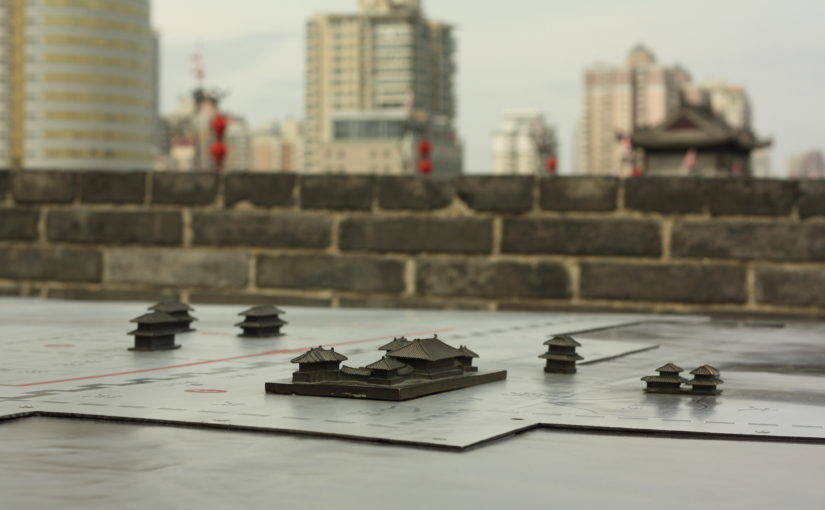Photo journal from two weeks in the PRC
For my last class of my MBA experience, I enrolled in a two-week international elective – called Doing Business In China – through Arizona State University and Peking University. The course featured stops in Beijing, Xi’an and Shanghai, with a mix of lectures from Peking University professors, company visits, sight-seeing tours, cultural activities and lots and lots of great food.
Our cohort – a mix of about 35 MBA students from across the world – learned about the country’s fascinating history, the trajectory of its economy and many of the nuances, social norms and etiquette (e.g. Face, Gift giving and Guanxi) that heavily influence the way things work in China.
Despite the dramatic differences on the surface, I saw a surprising number of subtle similarities to the US – such as China’s growing addiction to the automobile; the omnipresent smartphone; and the transformation (or transition) from industrial manufacturing to services and consumption.
On top of the cultural and MBA lessons, this eye-opening experience – my first trip overseas in more than six years – provided a timely reminder of the value and vitality of travel and cultural adaptation.
Thanks to everyone who made the trip a success. I hope to return, continue exploring and maybe even do business in China someday. In the meantime, a few photos to tell the story and tied us over.
Beijing
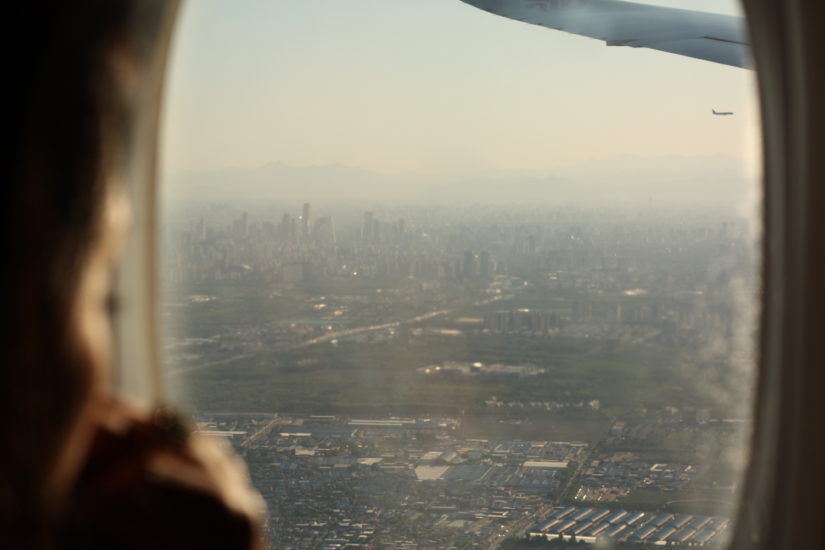
After about 17 hours of travel, and zero hours of sleep, we prepare for landing in Beijing. The sun is setting, but a new day is about to begin.

Beijing – like an intricate model – rises below as we descend.

Public transport: the best form of municipal introduction.
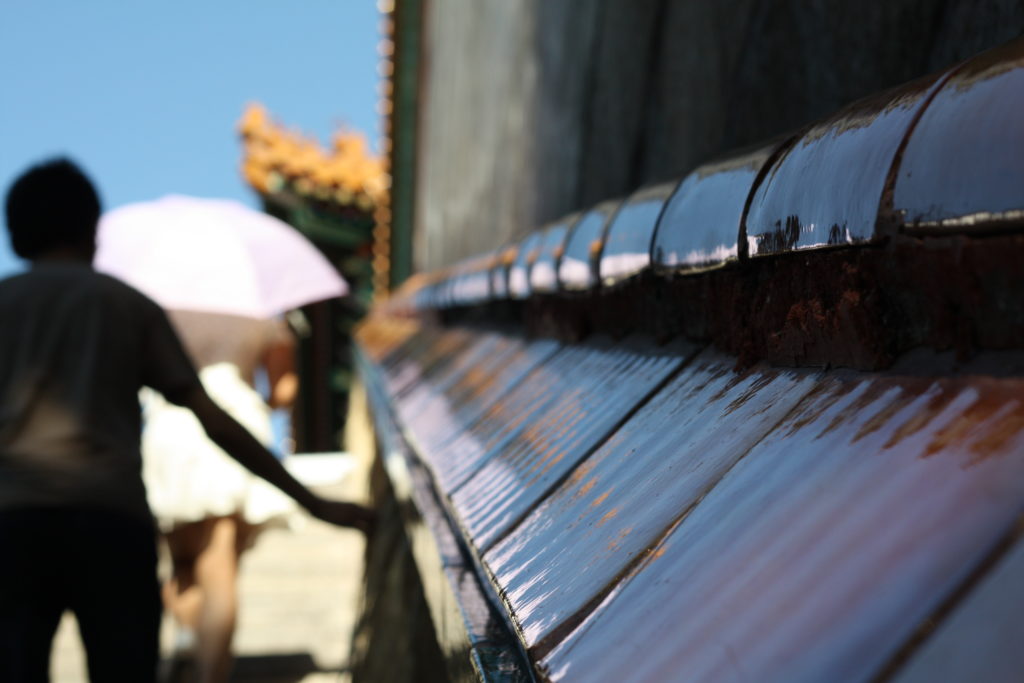
On our first day, we climb many stairs to explore the Summer Palace.
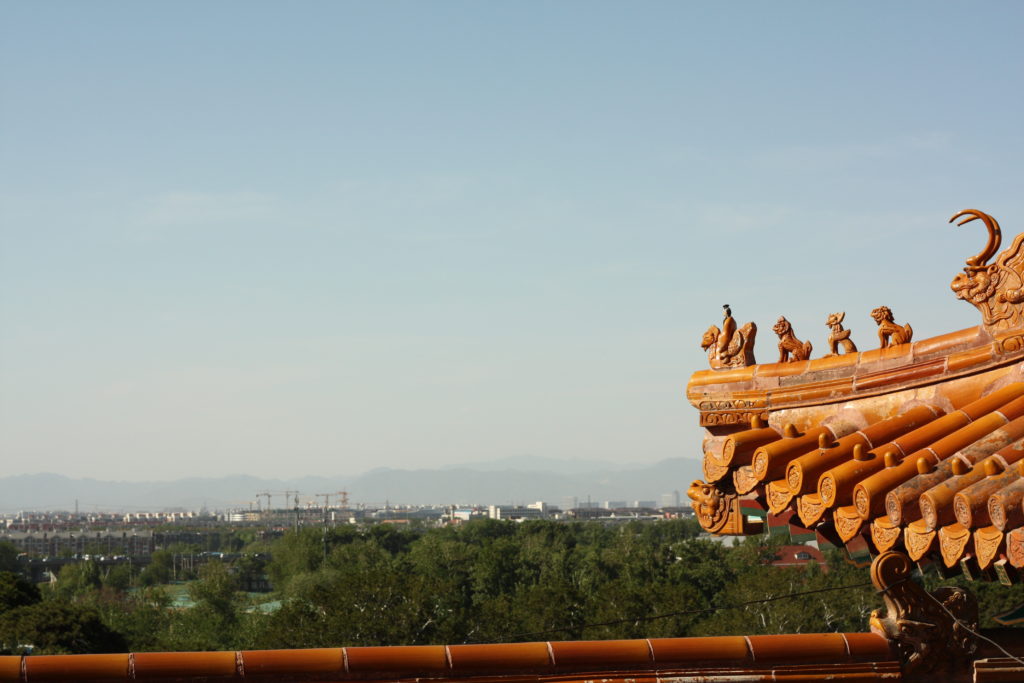
A view of Beijing from a rooftop at the Summer Palace. The three middle characters over looking the city on the right indicate this is a lower-tiered palace. Higher-tiered palaces feature rooftops with five, seven and nine figures.
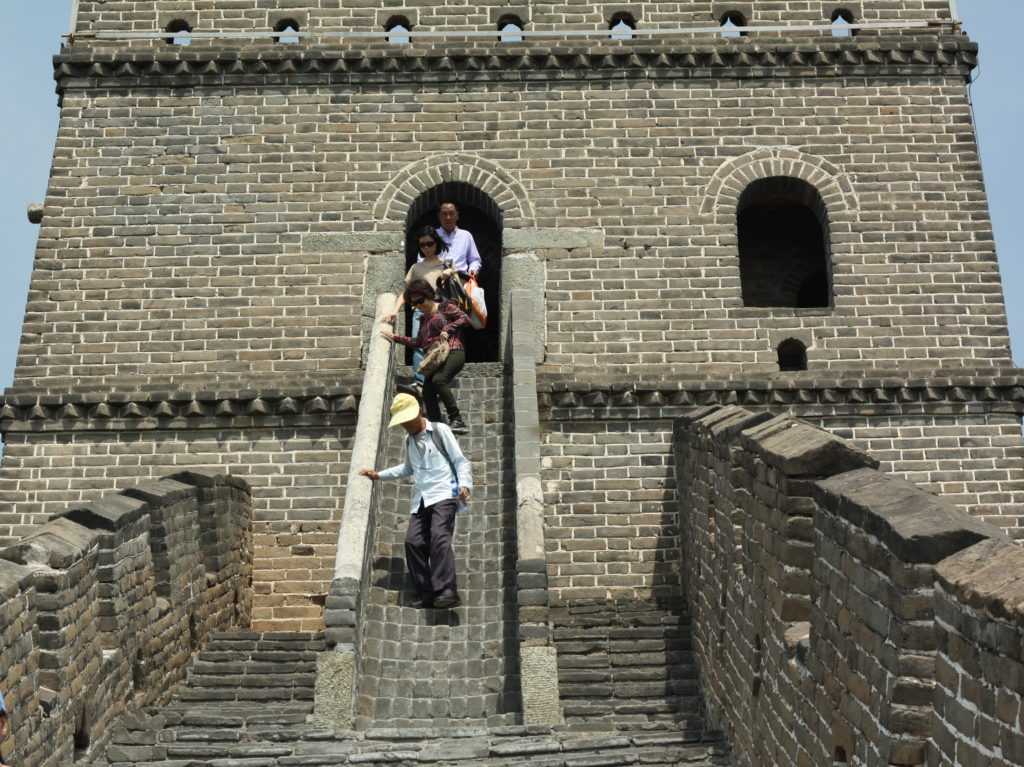
Later in the week, we tour the Great Wall. They say he who has not climbed the Great Wall is not a true man.
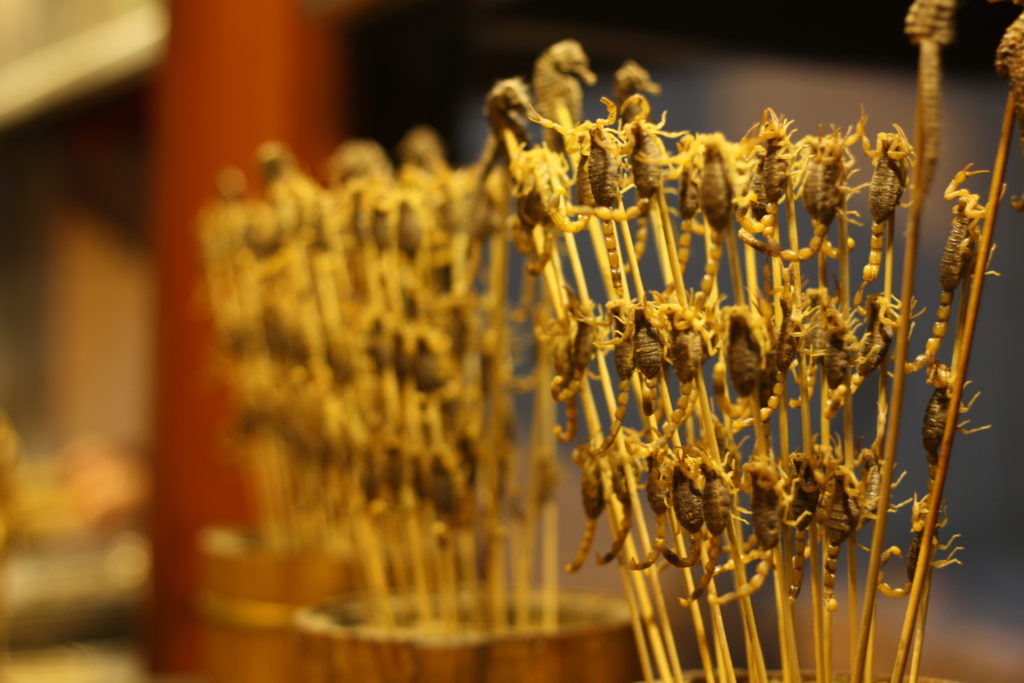
Scorpion street food in a tourist shopping district. More shock factor than local fare.
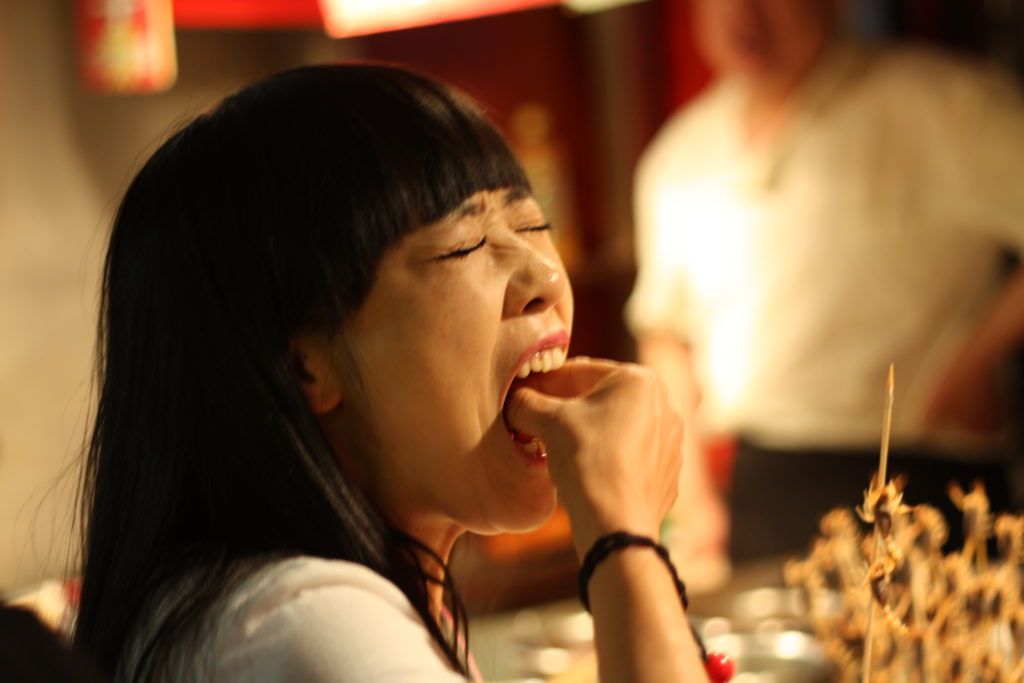
However, some did partake.
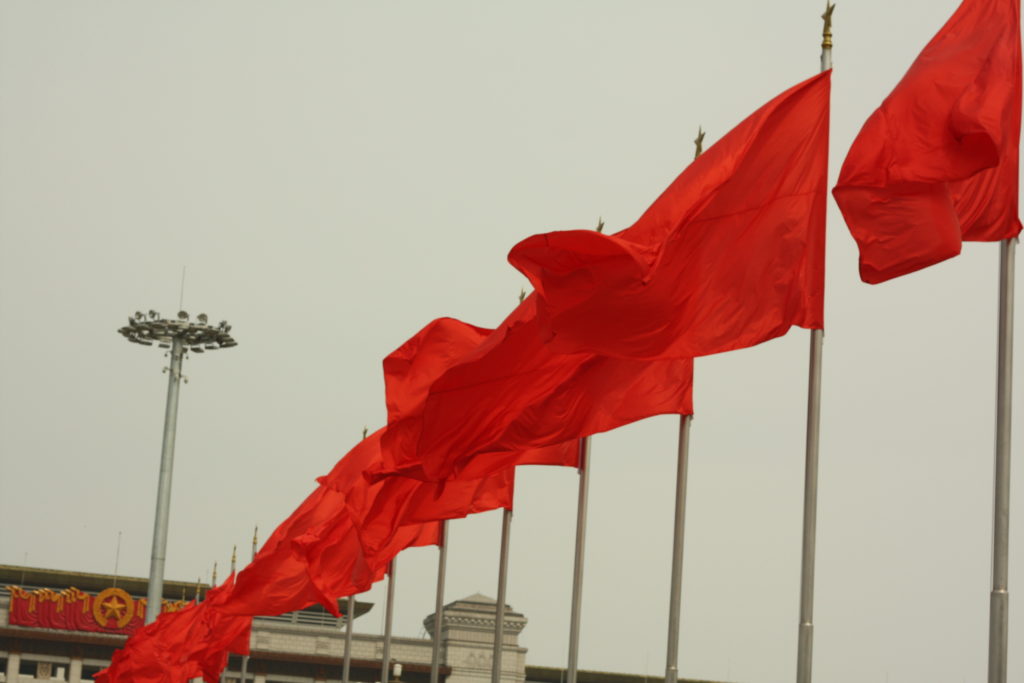
Tiananmen Square in Beijing – the political center of China.
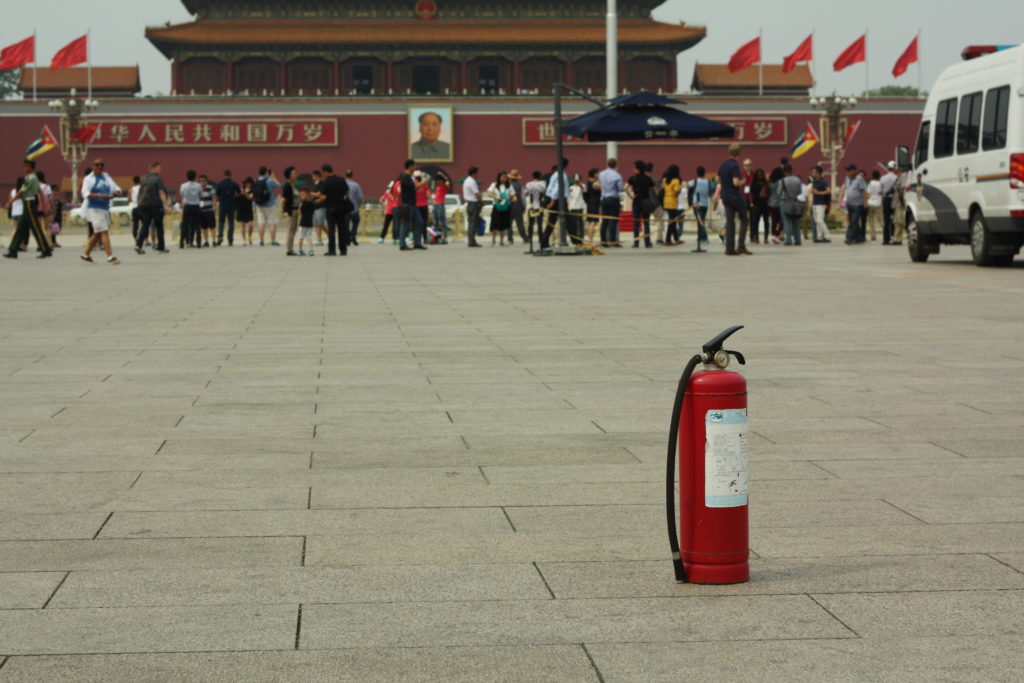
Tiananmen Square.
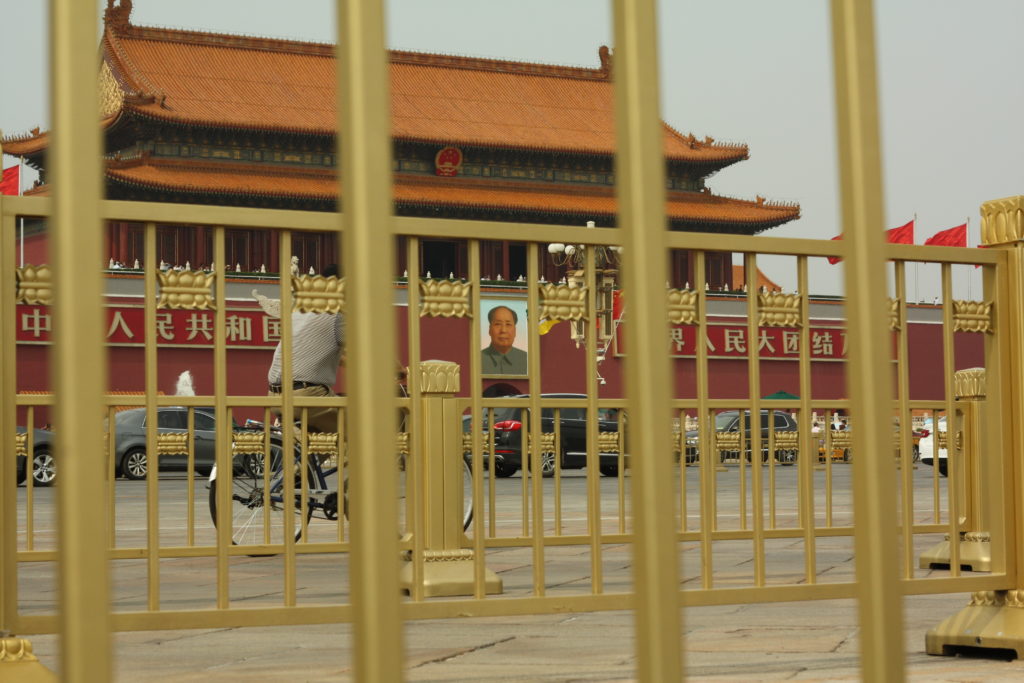
Walking down to the tunnel from Tiananmen Square, approaching the Forbidden City and Imperial Palace.

The oil-painting of Chairman Mao at the entrance of the Forbidden City is replaced every year with an identical portrait.

Royal colors lining the temples in the Forbidden City.

After six days in Beijing, we hop on the bullet train to the city of Xi’an. Transmission lines, ghost cities and steady smog stretch for miles.
Xi’an

The Terracota Army of warrior statues was buried in 210-209 BCE with emperor Qin Shi Huang. The site was discovered in 1974 by a farmer who was digging a well.
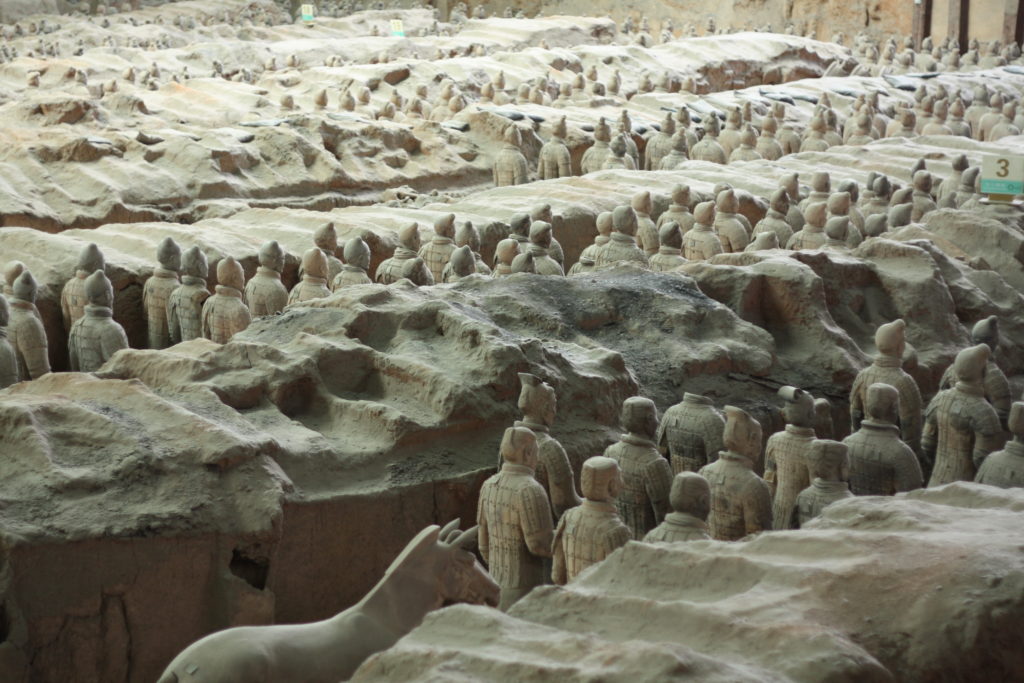
Hundreds of years ago, more than 700,000 workers built the Terracotta Army, which consisted of more than 8,000 warriors. All the workers were killed to keep the army a buried secret.

Today, a worker builds Terracotta Army replicas in the gift shop.
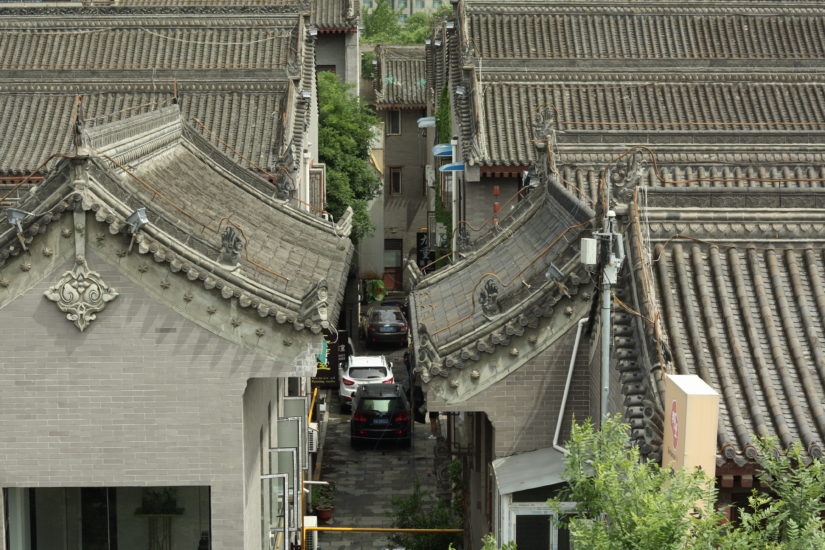
Cars squeeze between historic buildings near the Xi’an city wall – a cliche juxtaposition of old and new that misrepresents the automobile’s dominance of economic development.
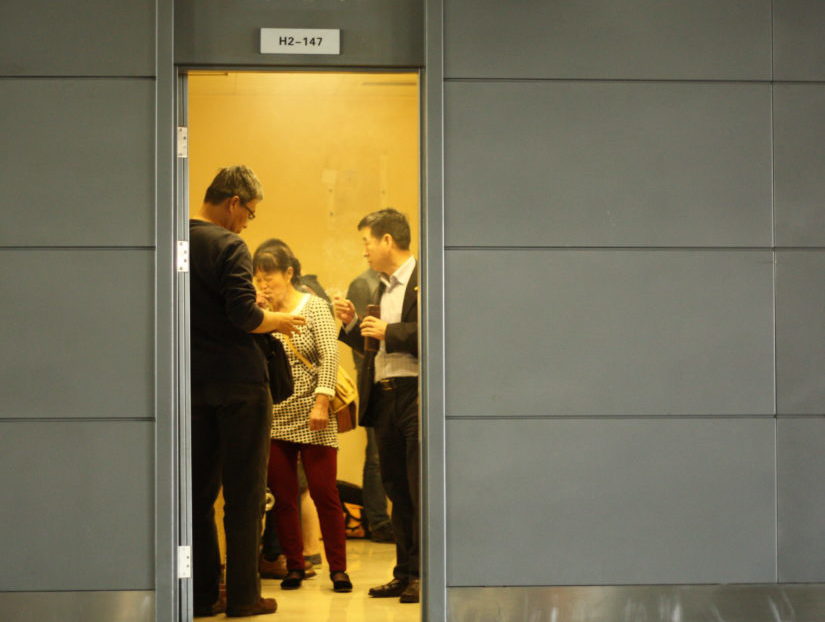
After three days in Xi’an, we fly to Shanghai. In a landscape smothered in smog, a packed airport smoking room doesn’t seem so foreign.
Shanghai

In Shanghai – the economic capital of China – massive construction, contemporary architecture and sky-scraping profiles tower over, and encroach upon, pedestrian alleyways, smaller streets and sidewalk markets. The photo above shows the Shanghai Science and Technology Museum, which sits above an underground Fake Market.
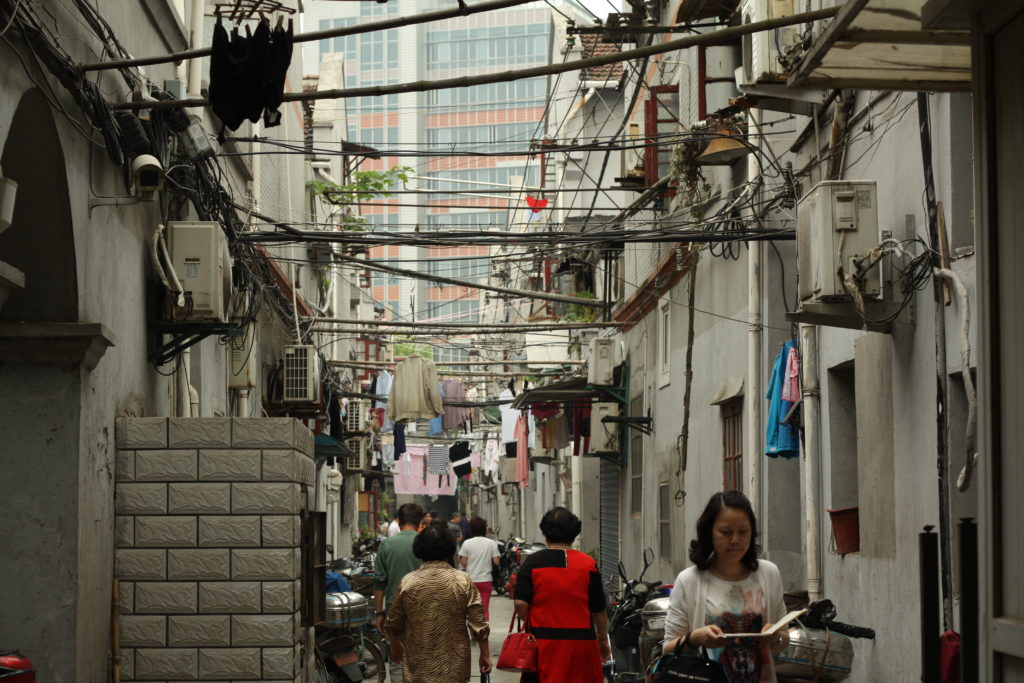
Like a living reminder of the soon-to-be past, a pedestrian alleyway circumvents the skyscrapers, construction and streets looming nearby in downtown Shanghai.
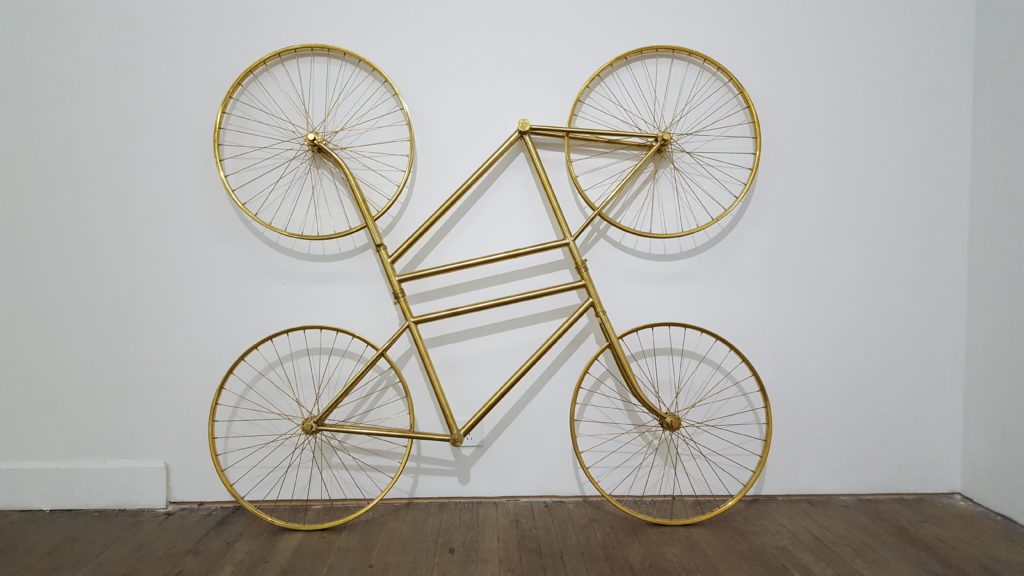
On my last day in Shanghai, I visit the “Daily Formalism” exhibit at the inconspicuous BANK 59 gallery (59 Xianggang Lu), which can be found on the second floor of what appears from the street as a crumbling old building. From the brochure: “Ai Weiwei has been using the famous ‘Forever’ brand bicycles in artworks starting in 2003. Since then he has used as few as two and as many as three thousand bicycles in spectacular installations…Some have likened Ai’s choice of this ready-made to an exploration of mass manufacturing, with the bicycle chain and sprocket depicting the matrix of people who make up China’s colossal labor force.”
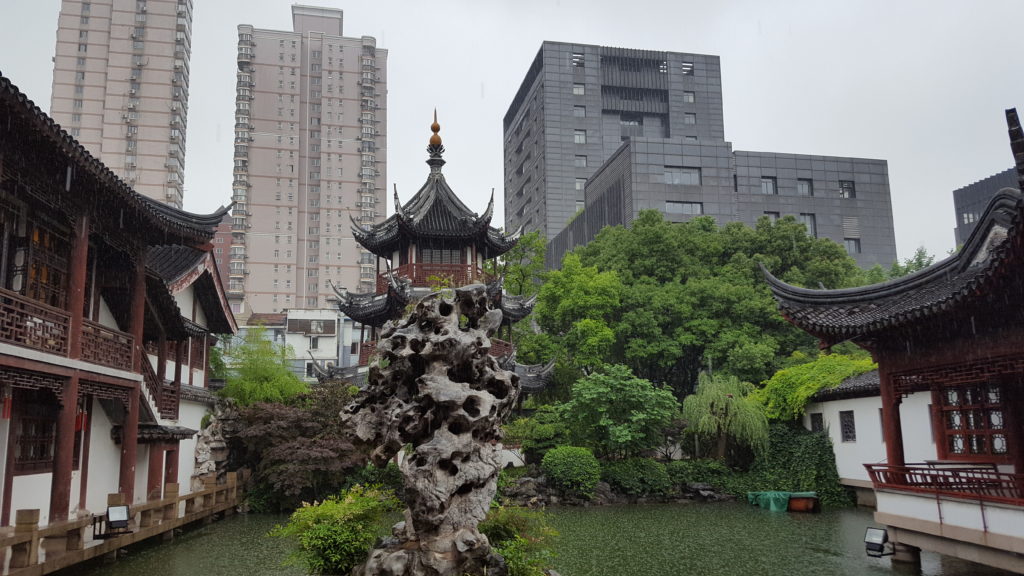
Before heading to the airport for my return flight to the US, I quickly tour the Confucius temple.
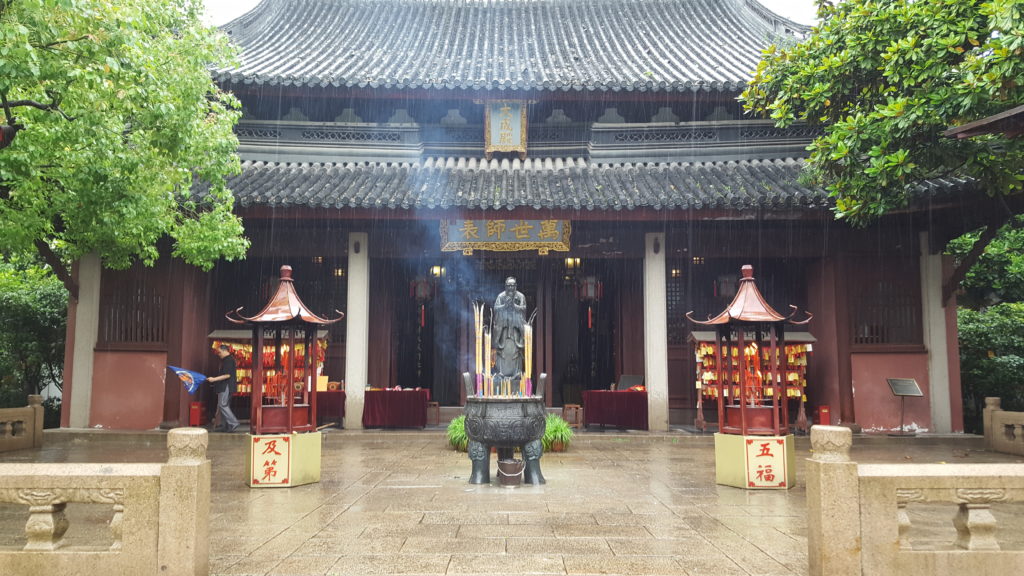
The rain adds a sense of exclusivity and valedictory closure.

“Wherever you go, go with all your heart.”
